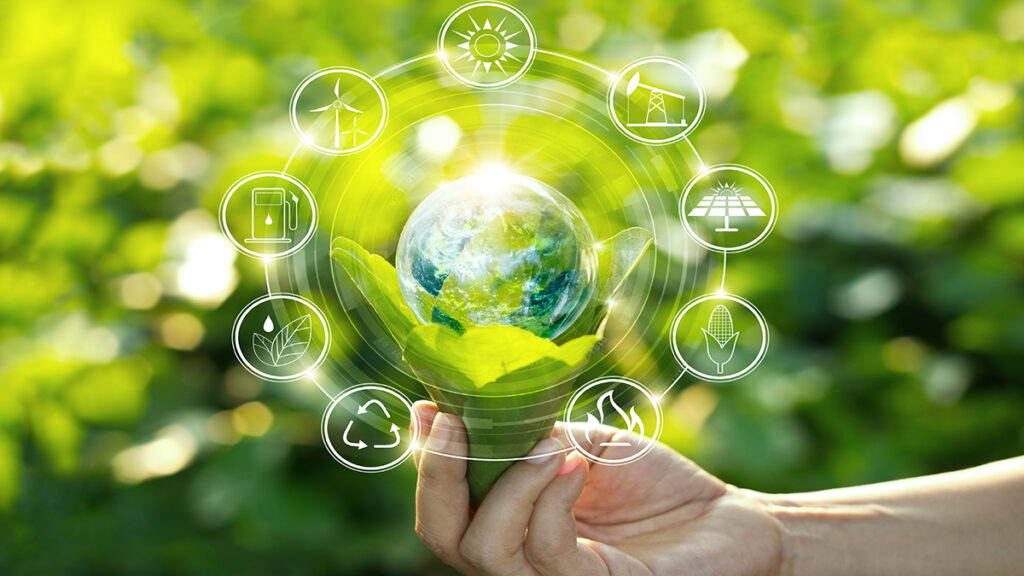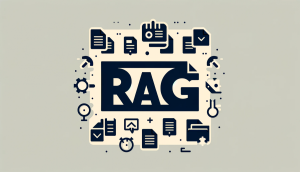Embracing the Future: The Role of Technology in Sustainable Living

In recent years, the conversation around sustainable living has gained significant momentum. As environmental challenges intensify, individuals and societies are increasingly looking towards technology as a crucial enabler of sustainable practices. From reducing carbon footprints to optimizing resource use, technological innovations offer promising solutions for a greener future. This article delves into the multifaceted role of technology in promoting sustainable living, exploring how advancements across various sectors contribute to environmental stewardship and a more sustainable lifestyle.
Renewable Energy Solutions
With innovative renewable energy technologies such as solar, wind, and hydropower, we are moving beyond a fossil-fuelled world Contrastingly, photovoltaic solar panels are now considerably cheaper and far more efficient than just a couple of decades ago. They produce usable energy at home or office, making us less dependent upon burning fossil fuels, and lessening the amount of greenhouse gasses emitted as a by-product of such fuels. Wind energy, whether onshore or offshore in the oceans and seas, is deliberately harnessed in turbines to produce electricity without a single gram of greenhouse gas being released into the atmosphere. Currently, hydropower – the oldest renewable technology – still generates much of the world’s electricity and, as it does so, it reduces the quantity of carbon dioxide and other greenhouse gasses released from the burning of fossil fuels.
Besides, technological innovations on energy storage with high-capacity (and for example, inexpensive) advanced batteries are diminishing the intermittency problems of renewables energy. Storage approaches provide an energy supply even when the Sun isn’t shining and the Wind isn’t blowing. Last but not least, the so-called smart grid technology is optimising the energy distribution, improving dramatically the integration of the available and increasingly strong source marked by renewables. According to this view, technological innovation would therefore ensure – among the other things – the fight against climate change and, at the same time, the process of energy independence and energy security.
Sustainable Agriculture Practices
Agriculture is one of the most significant contributors of land degradation. However, technological advancement has helped efforts to transform conventional farming to environment-friendly. Smart farming is an innovative product of data analytics combined with IoT devices that helps monitor crop health, soil water content and other soil characteristics to enable farPersistent use of water and fertilisers. This also helps to reduce pesticide or fertiliser misapplication and runoff into surrounding bodies of water. Farmers can thereby reduce environmental impact from farming. Drones and satellite imagery are also actively used to sense realtime data that can be used by agriculturists for making tactical decisions and maximising the utility.
But along with precision farming, vertical farming and hydroponics are also growing as sustainable alternatives to regular cropping. They do not require nearly as much land or water, and just like vertical farming, hydroponics could be done in cities as well, so there is no need for long-distance transportation of food. Advances in genetically modified organisms (GMOs) are also leading to crops that need far less inputs, and are resistant to pest and diseases. Taken together, this is a real revolution in agriculture that while making it more sustainable, is also making it more climate-resilient.
Smart Homes and Buildings
One of the most promising concepts for smart buildings and smart houses is to use sensors and automation to reduce energy use, and make houses and buildings more sustainable. In many cases, energy use can be reduced without reducing comfort or convenience. Smart thermostats can learn your schedule and try to improve the energy efficiency of maintaining your personal comfort by turning the thermostat up or down when nobody is home or sleeping. Smart lighting can turn brightness up when ambient light levels are low, and smart appliances can turn on laundry or dishwasher heaters at times when the non-heat phase (washing and rinsing) occurs at times when there is minimal load on the local electrical grid.
In addition to managing energy usage, other technologies in smart homes support water conservation. Just like how a smart thermostat helps save energy by regulating heating and cooling, smart irrigation systems and waterefficient fixtures allow homeowners to monitor and automate water consumption based on weather conditions and soil moisture levels, minimising water usage. Building automation in offices and residential buildings enable operators to monitor and manage functions of a facility, such as heating, ventilation and air conditioning (HVAC) systems. By combining these different technologies, smart homes and buildings help achieve lower carbon footprints and more sustainable living.
Sustainable Transportation
Transport accounts for a large share of greenhouse gas emissions, but technology is already enabling our transition to more sustainable forms of mobility. One of the most profound and fastest transitions is the shift towards electric vehicles (EVs), which provide an emissionsfree substitute to gasoline-powered cars. Electric vehicles are becoming more practical since battery technology enables them to go further and charge faster. On the demand side, charging infrastructure, including fast-charging stations, keeps on developing.
Besides EVs, technology is also helping to foster shared mobility services such as carsharing, bikesharing and ridehailing services, delivering more convenient and cost-effective access to transport than car ownership, and a reduction in the number of cars. Public transport systems, too, are also benefitting from the introduction of technological innovations, such as electric buses and smart ticketing systems, which improve efficiency and reduce transaction costs. Autonomous vehicles, when developed, will make transport even more sustainable and convenient by improving safety and reducing congestion.
Waste Management and Recycling
Effective trash management and recycling are pillars of sustainable living, and technology is helping to accelerate these processes. Smart bins with sensors that monitor levels and optimise waste collection routes can reduce the ecological footprint of waste-collection operations. Sophisticated sorting technologies like AI-powered robots can recover more waste for recycling, and reduce the quantity of waste we send to landfill.
For example, improvements in material science are leading to more sustainable ways of disposing of waste. Ecofriendly plastics and other materials are being created that biodegrade faster than previous plastic types, which is expected to reduce packaging and other disposable product waste over time. Meanwhile, wastetoenergy technology is also helping to close the loop, by transforming nonrecyclable waste into energy, in the form of heat and electricity. Such methodologies reduce the volume of waste that ends up in landfill, and provide a vital energy source at the same time. Together, technological advancements are helping to usher in a more circular economy that minimises waste, and maximises the reuse and recycling of resources.
Water Conservation Technologies
Technology is also helping to conserve water, and reuse it. Smart irrigation systems employ sensors and weather forecasting to tailor their watering schedules accordingly, reducing water loss in fields and residential or commercial landscapes; and lowflow fixtures and appliances reduce overall water use by consumers, without sacrificing comfort – from faucets to showerheads to washing machines, the performance isn’t intended to be diminished even as the water usage goes down.
Technological innovations are also making it possible to optimise the use of water. For example, current advanced water treatment technologies are already helping to provide freshwater from seawater using desalination plants, which is a feasible solution to supply water for regions with scarce freshwater. Additionally, novelty wastewater treatment facilities are helping to recycle greywater and blackwater for release in nonpotable applications, such as industry and irrigation. Also, smart leak detection devices are identifying those leaks within the plumbing systems at home or in industry improving the detection of water leaks, alerting the user and enhancing the reduction of time for repair. Through these technologies, we can better use our current water resources and make sure that current systems are sufficient for the future.
Conclusion
Technology’s role in sustainable living is undeniably transformative. From renewable energy solutions and sustainable agriculture to smart homes, transportation, waste management, and water conservation, technological innovations are paving the way for a greener, more sustainable future. As we continue to face environmental challenges, embracing these technologies and integrating them into our daily lives is essential for promoting sustainability and preserving our planet for future generations. By leveraging the power of technology, we can achieve a harmonious balance between human development and environmental stewardship, ensuring a better quality of life for all.







